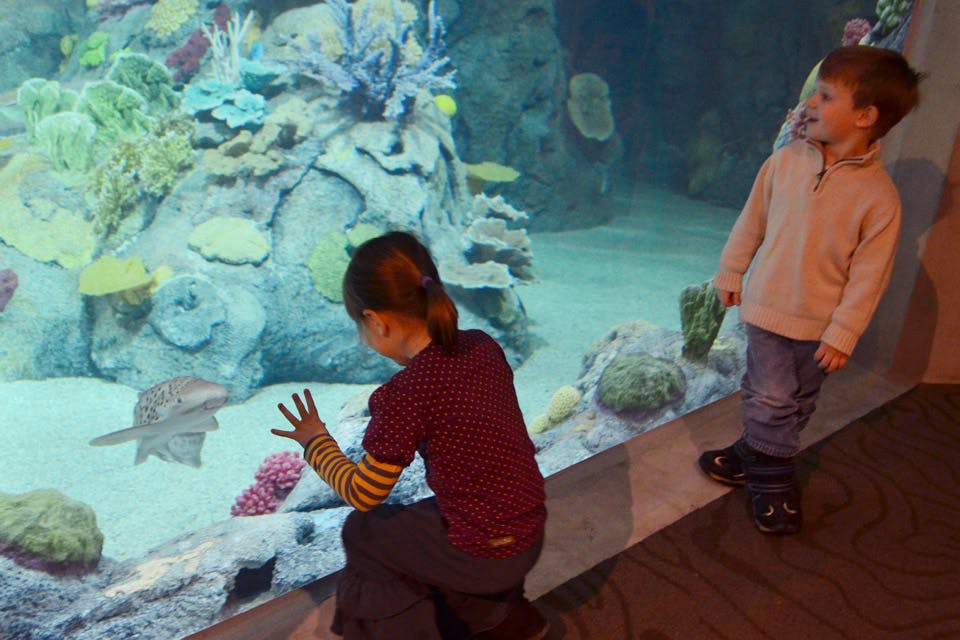Travel
| Cities
What to See at the Toledo Zoo Aquarium
The Toledo Zoo’s aquarium offers its visitors an up-close look at the world beneath the waves.
Related Articles

Cincinnati Zoo Announces Bear Cub Names Among New Habitat Opening
The rescued bear cubs came to the zoo in September, and now they have received their names as they make their debut in the zoo’s new Bear Ridge habitat. READ MORE >>

51st Baby Gorilla Born at the Cincinnati Zoo
Gladys, the beloved gorilla who once needed human surrogates to raise her, is now a mom herself, marking a milestone birth during the zoo’s 150th anniversary year. READ MORE >>

3 Things You’ll Love About the New North America Trek at Columbus Zoo and Aquarium
The newest region at the Columbus Zoo and Aquarium opened in June 2025. We visited and found some great things to look out for during your next visit. READ MORE >>



